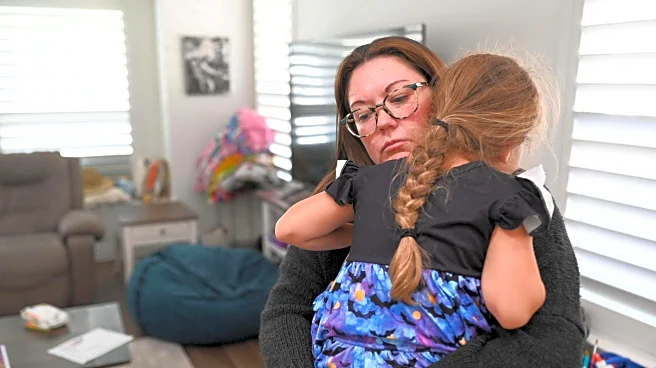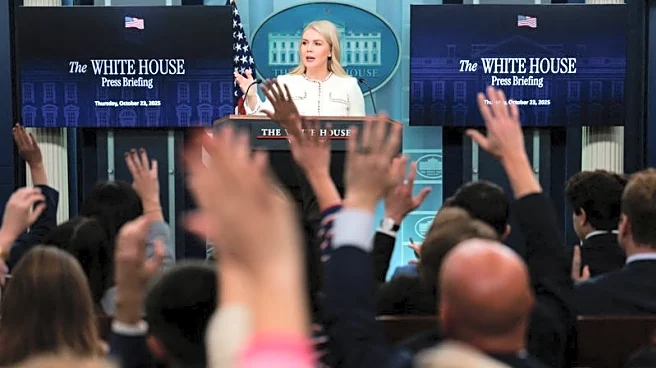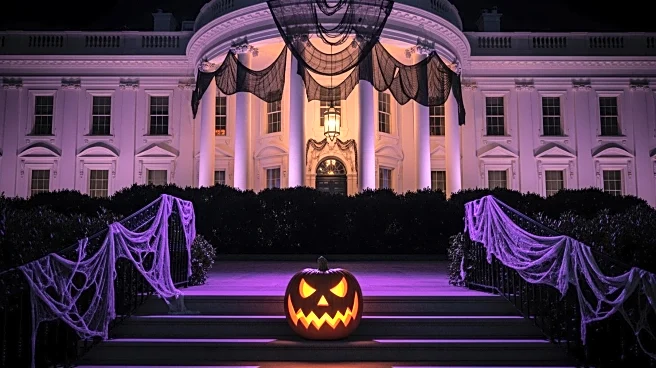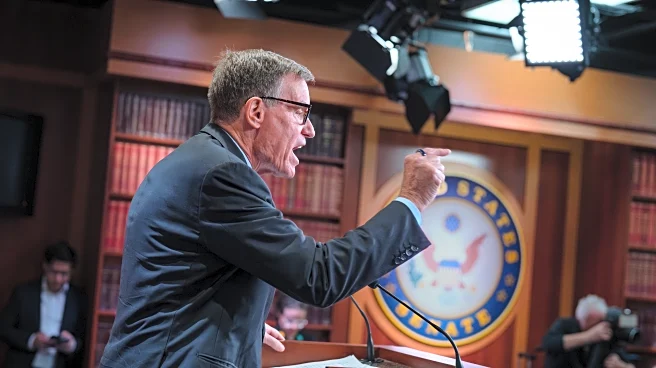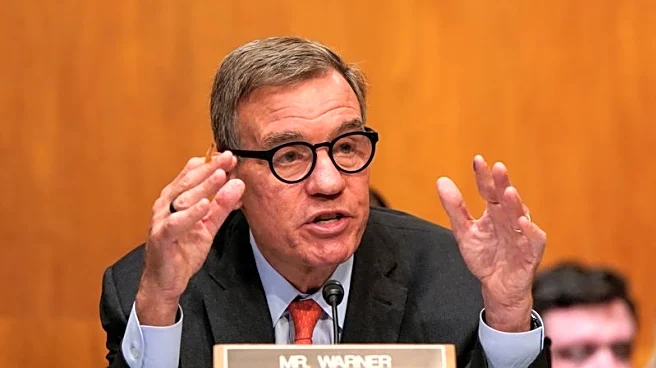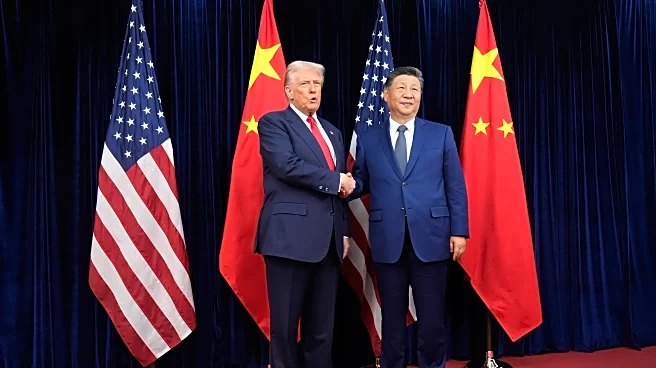What's Happening?
The White House has introduced new restrictions on media access, specifically barring reporters from entering Room 140, also known as the 'upper press' room, without prior approval. This move is part of a broader policy change following structural adjustments
to the National Security Council, which now oversees all communications, including national security matters. The restrictions are intended to protect sensitive material and ensure coordination between the National Security Council Staff and the White House Communications Staff. These changes have sparked significant concern among media organizations and press freedom advocates, who argue that the restrictions hinder transparency and the media's ability to hold government officials accountable.
Why It's Important?
The new restrictions on media access at the White House have raised alarms about press freedom and government transparency. By limiting journalists' ability to access key areas and information, the policy could impede the media's role in scrutinizing government actions and informing the public. This development is particularly concerning in the context of similar restrictions at the Pentagon, where new media credential agreements have been rejected by major news outlets. The restrictions could set a precedent for further limitations on press access, affecting how the media operates and its capacity to report on government activities critically.
What's Next?
It remains uncertain whether the White House will revise or rescind these new restrictions in response to the backlash from media organizations and press freedom groups. The situation may lead to further discussions and negotiations between the White House and the press corps to find a balance between security concerns and the need for transparency. The outcome of these discussions could influence future policies on media access and government transparency.


